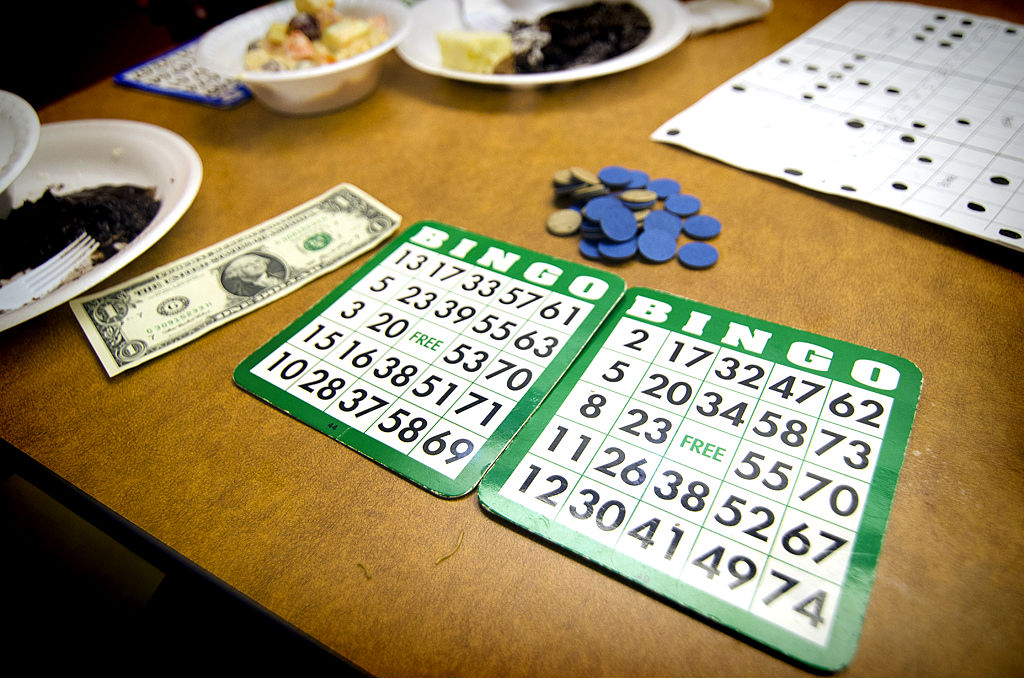
Marketing aged care is like a cross between chess and bingo. You need the strategic mind of a chess player, but you have to bring everyone to the table and build a sense of camaraderie if you are to be sustainable over time. Call it chingo!
Research consistently demonstrates that people make health related decisions in close consideration with family members, friends and health care professionals (generally General Practitioners). That is, they go to people they trust, people who are credible advisors.
In addition to marketing and communication to build company brand awareness, aged care businesses needs to build networks of advocates and referrers at a local level – people who will be called on for trusted advice by residents and their families when they make that difficult decision. Effective marketing requires a short and long-term approach.
In the near term the company must respond to opportunities such as the closure of a competing facility, local community events, or a local media focus on aged care. At the same time, facility management must be leveraging the local social networks of residents and families, while ensuring a consistent flow of information to people of influence – health care professionals, politicians, community leaders and newspaper editors.
Aged care marketing therefore falls into three phases:
- Attraction
- Conversion
- Engagement
1. Attraction phase
At the attraction phase, company marketers are focused on maintaining high local brand awareness and establishing a call to action at every point where a family member or older person is considering or discussing aged care.
During the attraction phase, the company is proactively marketing through a range of channels, using a range of materials. Activity will consist of placing advertisements, issuing press releases, attending events and distributing marketing materials.
To attract new residents it is very important to have strong local knowledge and a great network. Much of this insight can be gained from the people already in your care.
2. Conversion phase
Once a family has made contact, the challenge is to ensure they are impressed and move forward with the, often challenging, financial process. The conversion phase begins with the first phone call and comprises the facility tour, handover of detailed marketing and information materials, and discussion of personal care needs and likes.
Marketers need to ensure the facility is well differentiated from competitors in terms of the features covered in the tour, pricing agreement and level of service provided. The behaviour and presentation of staff, the facility décor, and materials provided all need to be aligned with the overall value proposition which is being articulated through external marketing activity. This is why staff inductions needs to include a description of what makes each facility special in the minds of prospective and current residents.
The conversion phase is likely to feature a number of follow up conversations between the facility and the prospective resident and/or family. Make sure the responsible person has customer service skills and the required knowledge at hand.
3. Engagement phase
The most often ignored stage of relationship building, the engagement phase is of critical importance in developing a local community network. Every person who lives or did live in the local community has a network. Staff, residents, family members, allied health workers – they all have existing relationships the company can and should use to build and maintain a strong local presence. Despite common misconceptions, aged care staff are often highly engaged and comfortable talking about their place of work. Happy residents and family members are willing advocates.
Engagement is a process of mapping established community groups and their connections to people in the facility. It’s about identifying particularly well connected or influential family members and inviting them to take part in shaping a better aged care experience.
Most of all engagement is about conversations. Forget traditional marketing messages; this is about the sharing of information and energy with the goal of a strong, stable and rewarding aged care facility which is home to loved ones and the community’s most frail. Effective engagement will deliver a reward we all respond to – the satisfaction that we have participated in something good and right.

